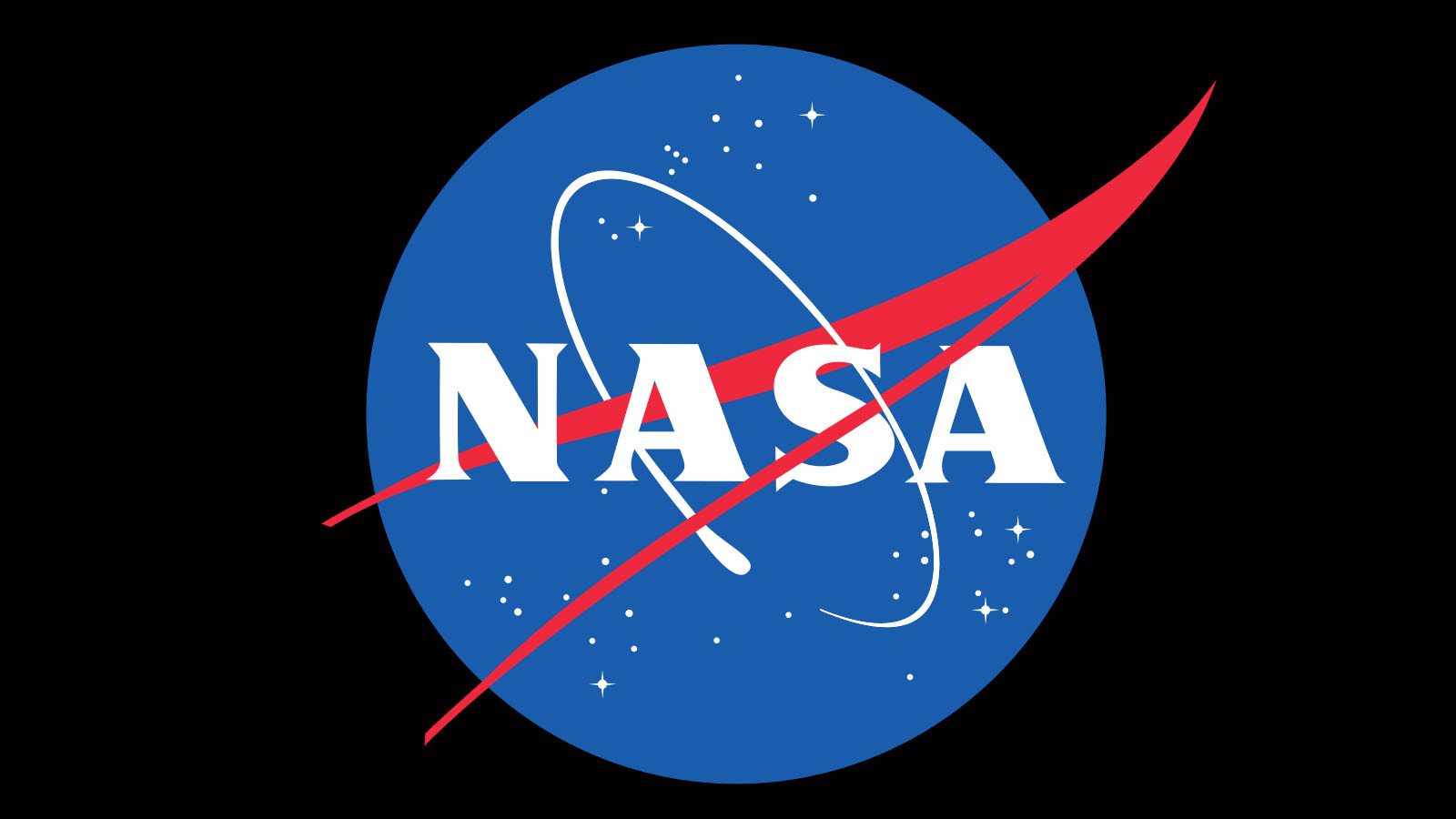Space History Photo: The Wingless M2-F1

In this historical photo from the U.S. space agency, the M2-F1 lifting body aircraft rests on the sun-baked floor of a dry lake bed located out in the Mojave Desert at the Dryden Flight Research Center, California on Nov. 12, 1963. The wingless M2-F1 was an unlikely forerunner to the Space Shuttle. It was the world's first manned lifting body, but not quite ready for primetime. The M2-F1 was made of wood with an internal framework of steel tubes. NASA described it this way: It “looked like a bathtub sitting on a tricycle.”
A lifting body was not a conventional winged aircraft but rather used air flowing over its fuselage to generate lift. This design would allow it to re-enter the atmosphere and land on a runway like a conventional airplane.
Because the M2-F1 was unpowered, a tow vehicle was required. Walter "Whitey" Whiteside, a hot-rod enthusiast who worked at the center, was sent to purchase a new 1963 Pontiac convertible. Following modification at two race shops, the car was capable of reaching 110 mph with the M2-F1 in tow.
In the above photo, pilot Chuck Yeager, seated in the cockpit of the M2- F1, talks with fellow pilots from left to right Milt Thompson, Don Malick and Bruce Peterson. All three flew the lifting body in several flights. The vehicle later suffered a mishap when Peterson was landing it: Oil in the landing gear hydraulics was not suitable for cold temperatures and caused the gear to break and the vehicle to suffer minor damage.
Each weekday, SPACE.com looks back at the history of spaceflight through photos (archive).
Breaking space news, the latest updates on rocket launches, skywatching events and more!

The National Aeronautics and Space Administration (NASA) is the U.S. government agency in charge of the civilian space program as well as aeronautics and aerospace research. Founded in 1958, NASA is a civilian space agency aimed at exploring the universe with space telescopes, satellites, robotic spacecraft, astronauts and more. The space agency has 10 major centers based across the U.S. and launches robotic and crewed missions from the Kennedy Space Center in Cape Canaveral Florida. Its astronaut corps is based at the Johnson Space Center in Houston. To follow NASA's latest mission, follow the space agency on Twitter or any other social channel, visit: nasa.gov.
